PPT-Principal Preparation Project Update
Author : calandra-battersby | Published Date : 2018-01-10
Presented to the Higher Education Committee of the Board of Regents May 8 2017 1 Recap Deliverables ANTICIPATED OUTCOMES In December 2015 the Board of Regents
Presentation Embed Code
Download Presentation
Download Presentation The PPT/PDF document "Principal Preparation Project Update" is the property of its rightful owner. Permission is granted to download and print the materials on this website for personal, non-commercial use only, and to display it on your personal computer provided you do not modify the materials and that you retain all copyright notices contained in the materials. By downloading content from our website, you accept the terms of this agreement.
Principal Preparation Project Update: Transcript
Download Rules Of Document
"Principal Preparation Project Update"The content belongs to its owner. You may download and print it for personal use, without modification, and keep all copyright notices. By downloading, you agree to these terms.
Related Documents

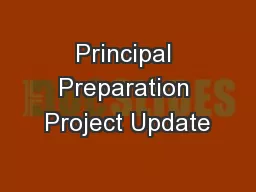

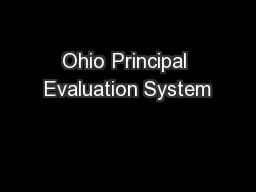
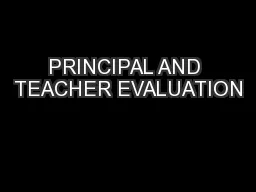
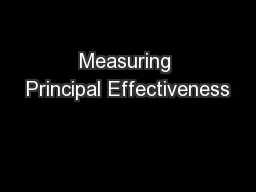
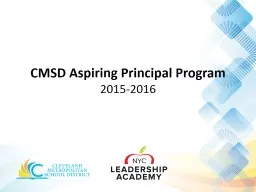


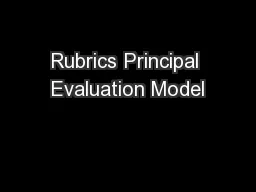
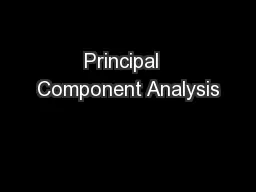

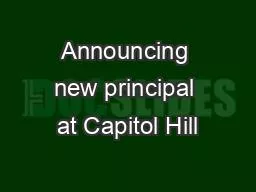
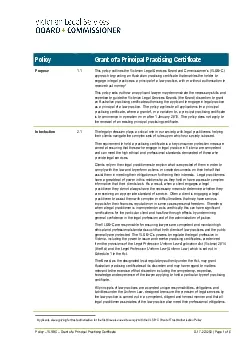
![[DOWNLOAD] Principal Gifts: Behind Every Great School Is A Great Principal: Welcome Notebook](https://thumbs.docslides.com/1004655/download-principal-gifts-behind-every-great-school-is-a-great-principal-welcome-notebook-funny-thank-you-appreciation-gifts-for-principals-funny-family-or-coworkers-principal-s-day-gifts.jpg)